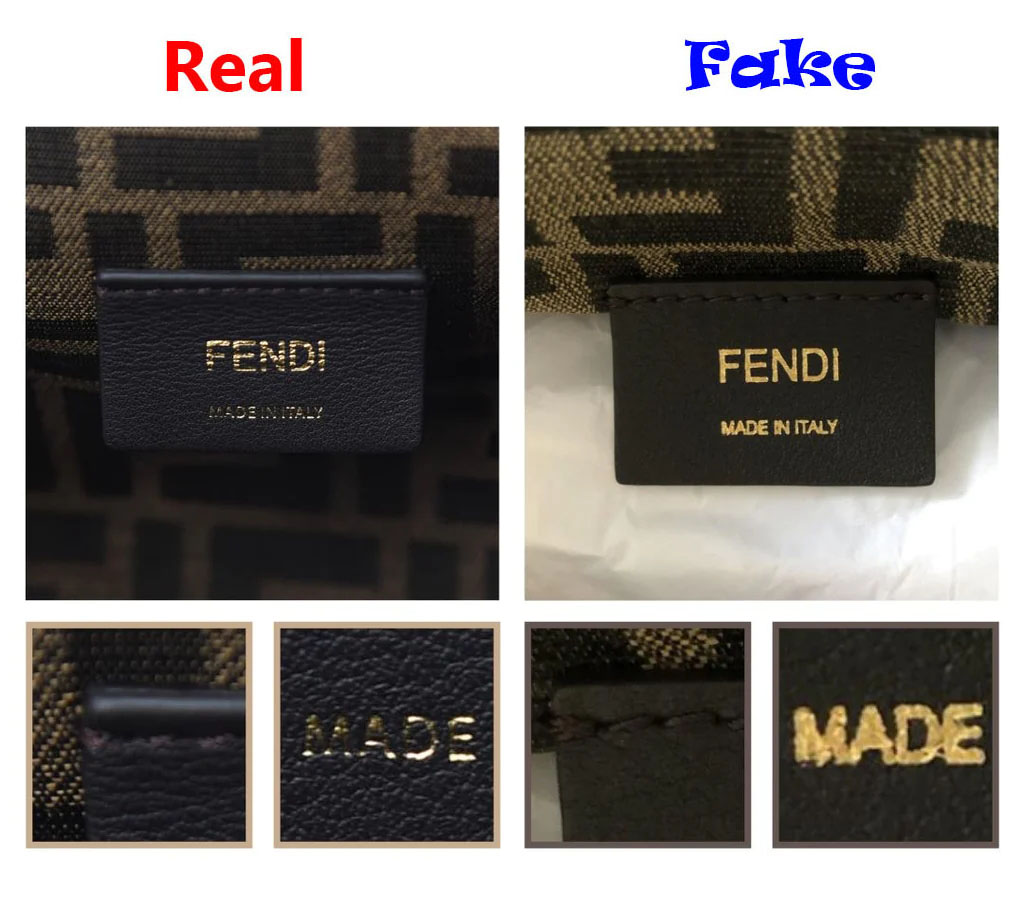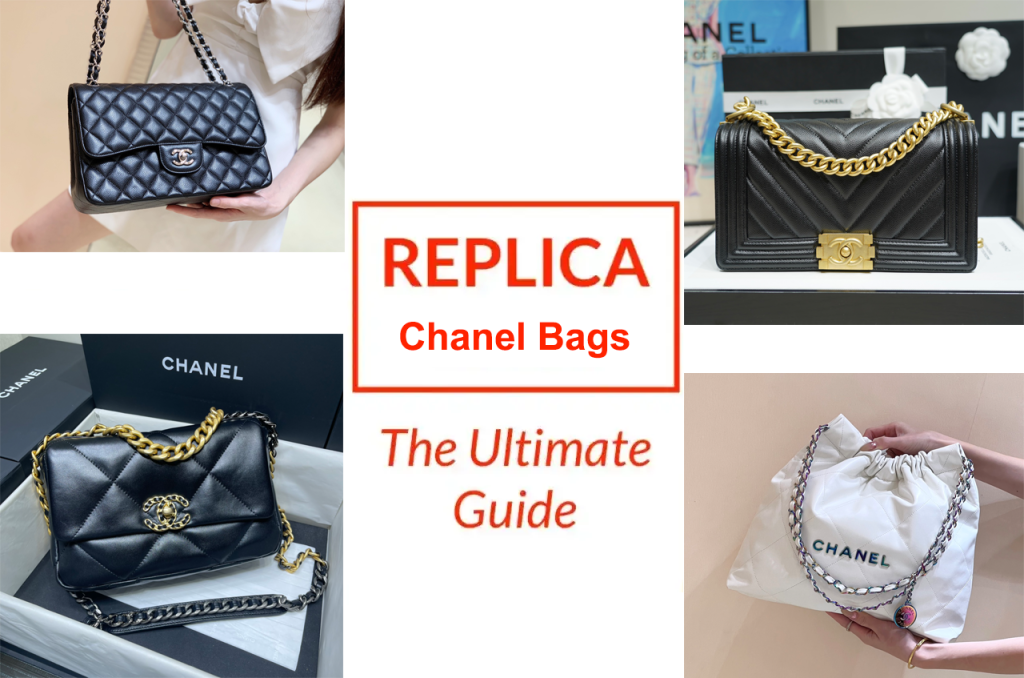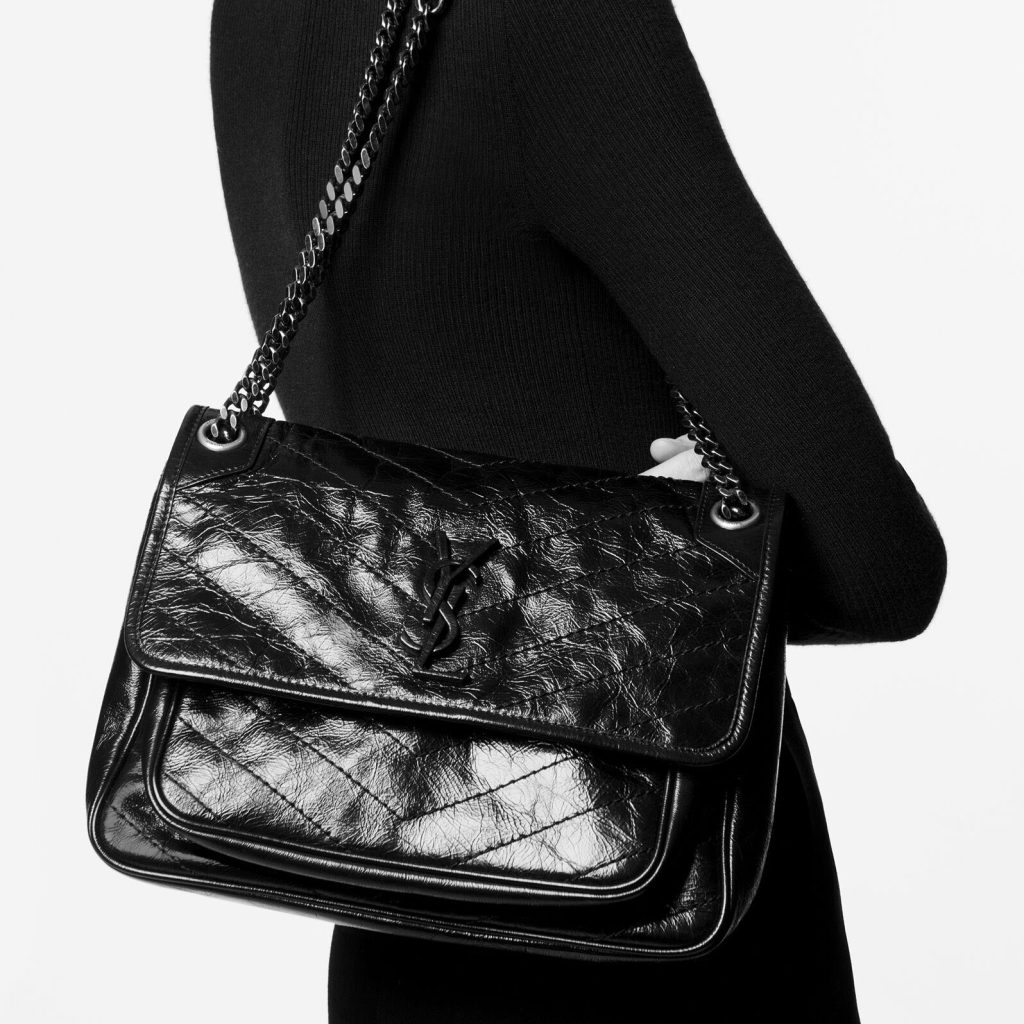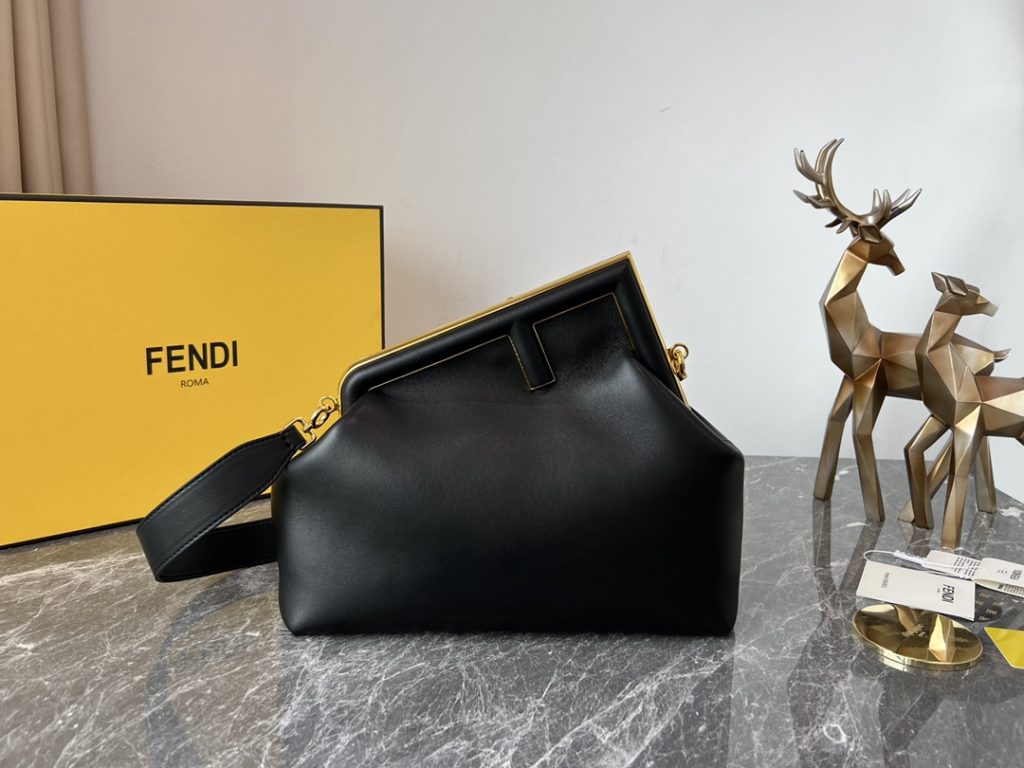
Read this article carefully,It will be very easy for you to distinguish a fake Fendi Firtst Bag!
Fendi is renowned for its exquisite elegance and impeccable style. Begin by analyzing the overall visual strategy to gather as many details as possible, paying close attention to the stitching which counterfeiters often fail to replicate accurately. Additionally, examine the lining approach, hardware, leather quality, font and handle before concluding your authentication with a thorough inspection of the label
- Is the Fendi bag a classic?
- What factors contribute to the popularity of Fendi?
- Steps For Authenticating A Fake Fendi First Bag
Is the Fendi bag a classic?
The Fendi First presents a fanciful interpretation of the classic clutch, featuring a Nappa leather-bound tilting metal clasp in the shape of the iconic Fendi monogram.
What factors contribute to the popularity of Fendi?
Fendi is a world-renowned fashion house with over 90 years of experience, renowned for its luxurious fur designs and exquisite leather goods. You may be familiar with the iconic FF monogram, but perhaps less so with the brand’s origins.
Steps For Authenticating A Fake Fendi First Bag
- The Comprehensive Appearance
- The Stitching
- The Lining
- The Hardware
- The Leather Quality
- The Font
- The Handle
- The Label
Real VS Fake Fendi Bag
Step 1: The Comprehensive Appearance
Authentic Fendi First bags exhibit exceptional structure and stability, maintaining their shape even when placed down. This is a key distinguishing factor between genuine and counterfeit versions, as the latter often lack the meticulous attention to detail required for such high standards. Additionally, it is crucial to exercise caution when assessing size in order to differentiate between authentic and fake Fendi bags.
The bag’s edges and corners should exhibit smooth, even lines. In contrast, counterfeit Fendi bags often display jagged edges, color discrepancies, and varying leather textures.
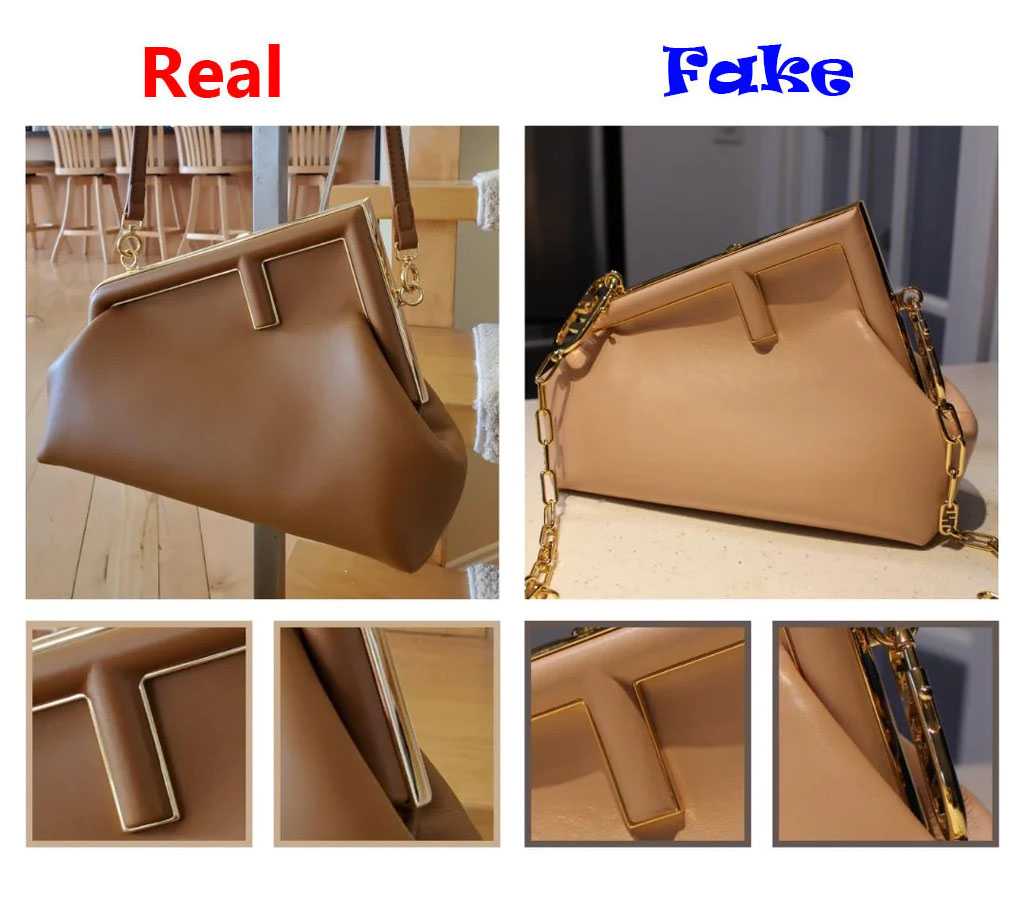
Step 2 : The Stitching
Genuine Fendi products are distinguished by their immaculate stitching, which is evenly spaced and precisely placed. In contrast, counterfeit models often have sloppy and uneven stitching. Additionally, if the thread color does not match the material, it is a clear indication that you are dealing with a fake product.
Examine the stitching on the tags, strap ends, corners, and concealed areas with utmost attention to detail.
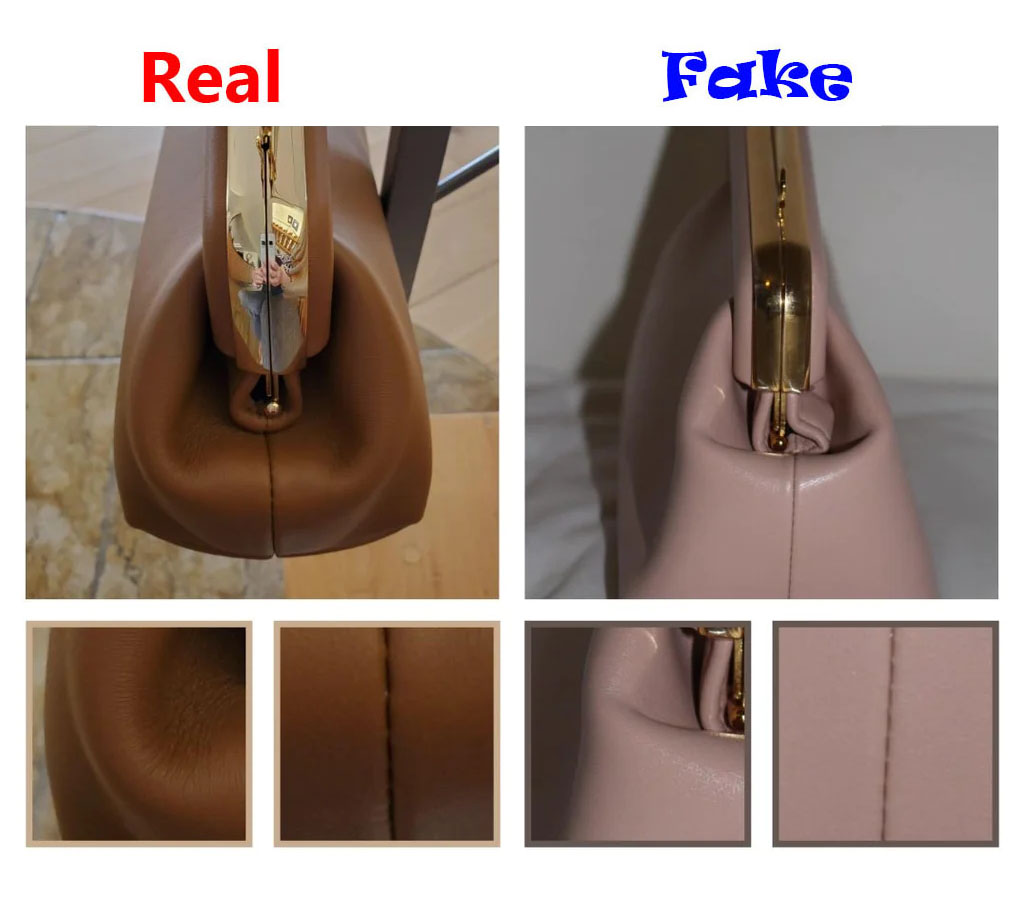
Step 3 : The Lining
The lining of the Fendi First bag is crafted from the brand’s signature jacquard canvas, featuring classic FF logos in timeless tobacco and dark hues. When examining the lining, ensure that the fabric is taut as counterfeiters often employ a looser weave, resulting in a fragmented appearance of the FF pattern. Moreover, an imitation lining will lack the authentic feel characteristic of a genuine Fendi First bag.
The false FF symbols exhibit a significantly larger size, more pronounced matte finish, and noticeable asymmetry, as evidenced by the image comparison.
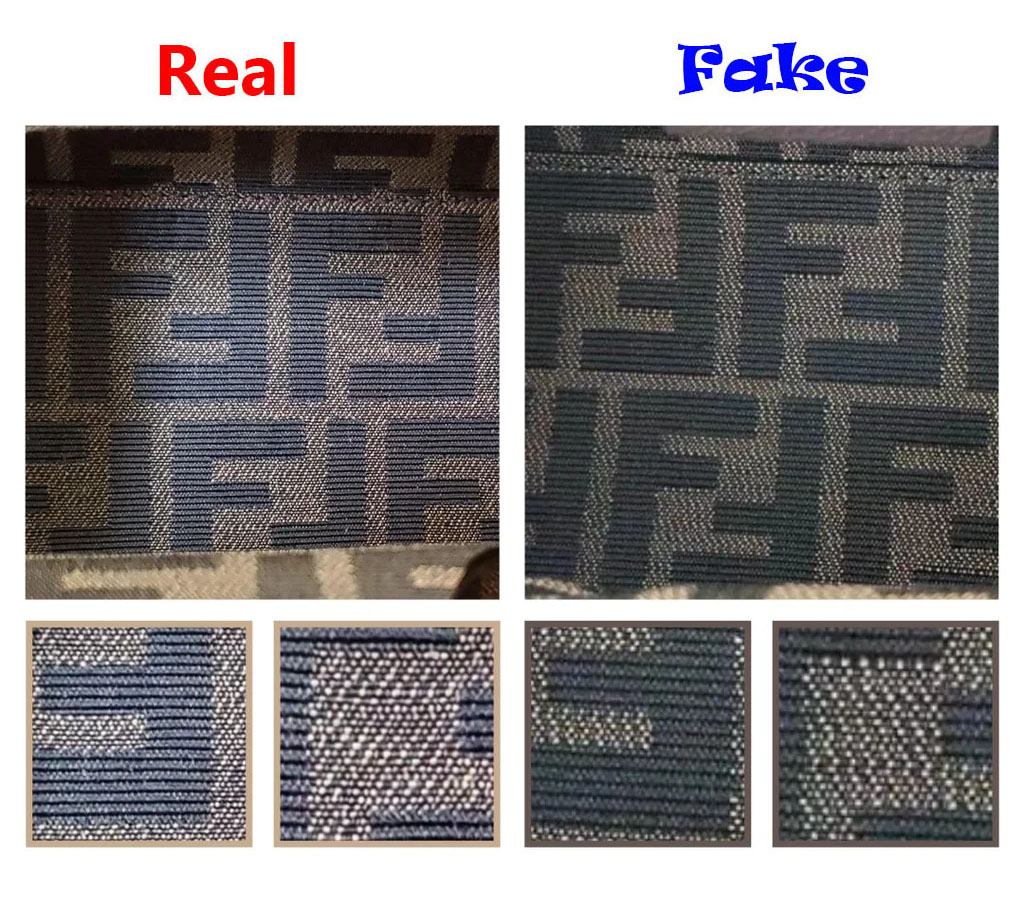
Step 4 : The Hardware
The quality of the hardware is a distinguishing factor between counterfeit and authentic bags. Upon examining an original bag, one will observe that its hardware is lustrous, reflective, and vivid; in contrast, the replica’s hardware lacks these qualities as it possesses a different hue, matte finish, and less definition.
Not only is the quality of the pieces substandard, but also their size is incorrect. By comparing the screws in these two photos, one can easily discern how a minor detail can make a significant difference. (Similar discrepancies can be found with counterfeit Hermes Constance Bags.)
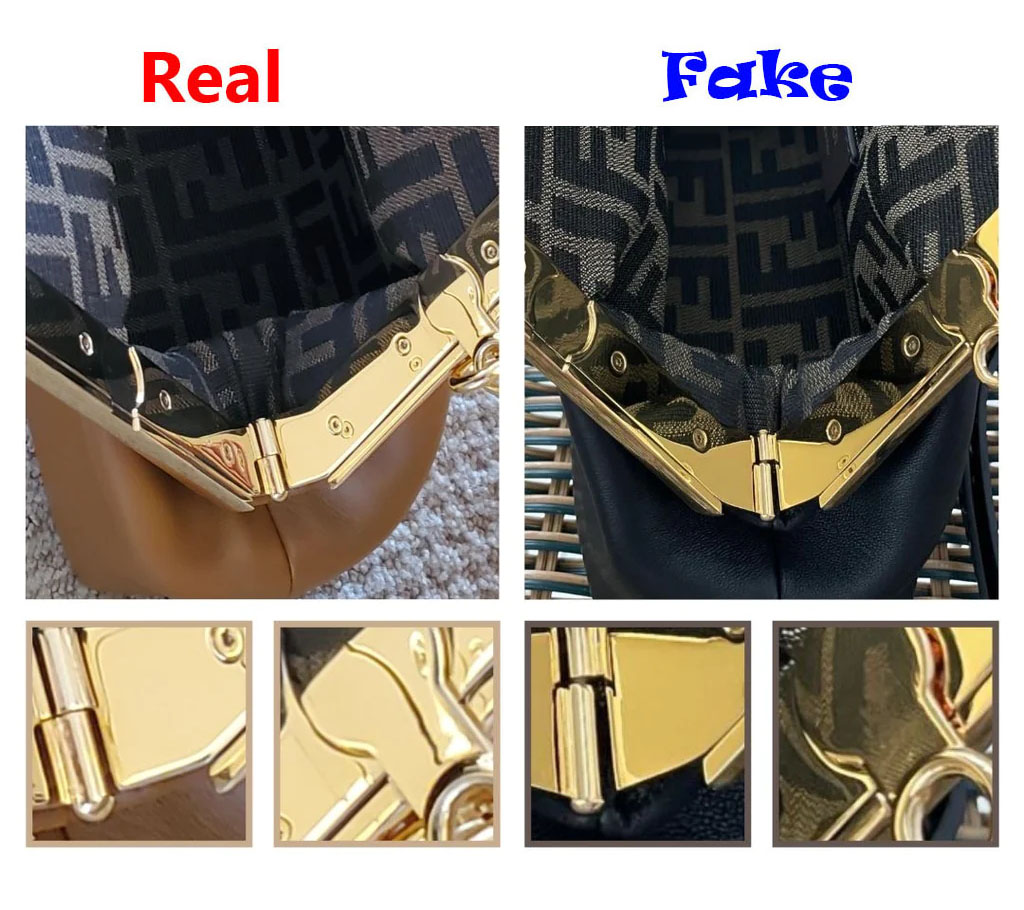
Step 5 : The Leather Quality
The quality of leather can be determined by examining its folding in the image on the right.
Genuine leather is deeply rounded around the closure, while lower-quality leather has a smaller and less defined fold, indicating less flexibility. Additionally, it appears shinier than it should be and has a larger circle around its closing.
The width of the “clutch” area on the counterfeit bag is noticeably wider than that of the authentic bag, resulting in a clear distinction between the two.
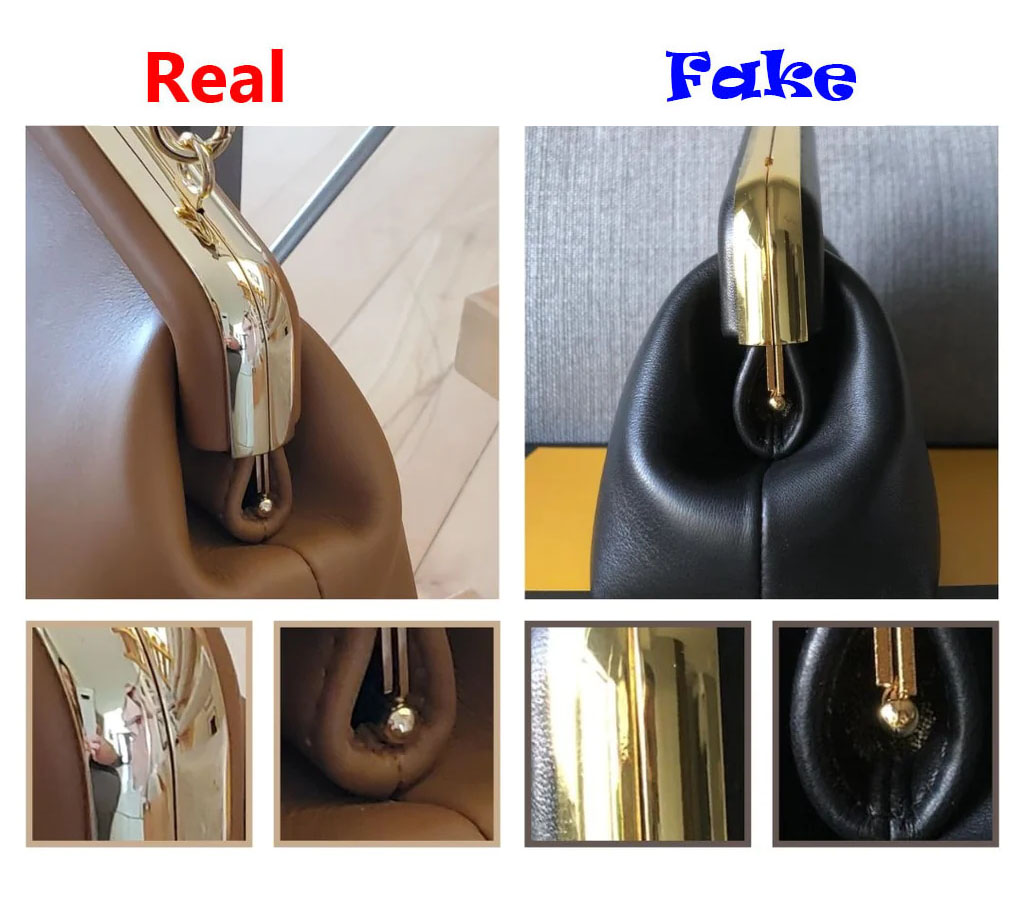
Step 6 : The Font
In this comparative image, it is evident that the “FENDI” text on the counterfeit bag exhibits a much thinner font compared to the engraving on the authentic bag.
The “FENDI” text on the authentic First bag is more prominent and has a bolder font compared to the counterfeit bag.
The imitation Fendi First bag has a defect, due to shallow lettering on the metal; while the original bag’s text is deeply pressed into the material, it has a more substantial appearance than that of the Fake.(Similar discrepancies can be observed with fake Dior Tote bags.)
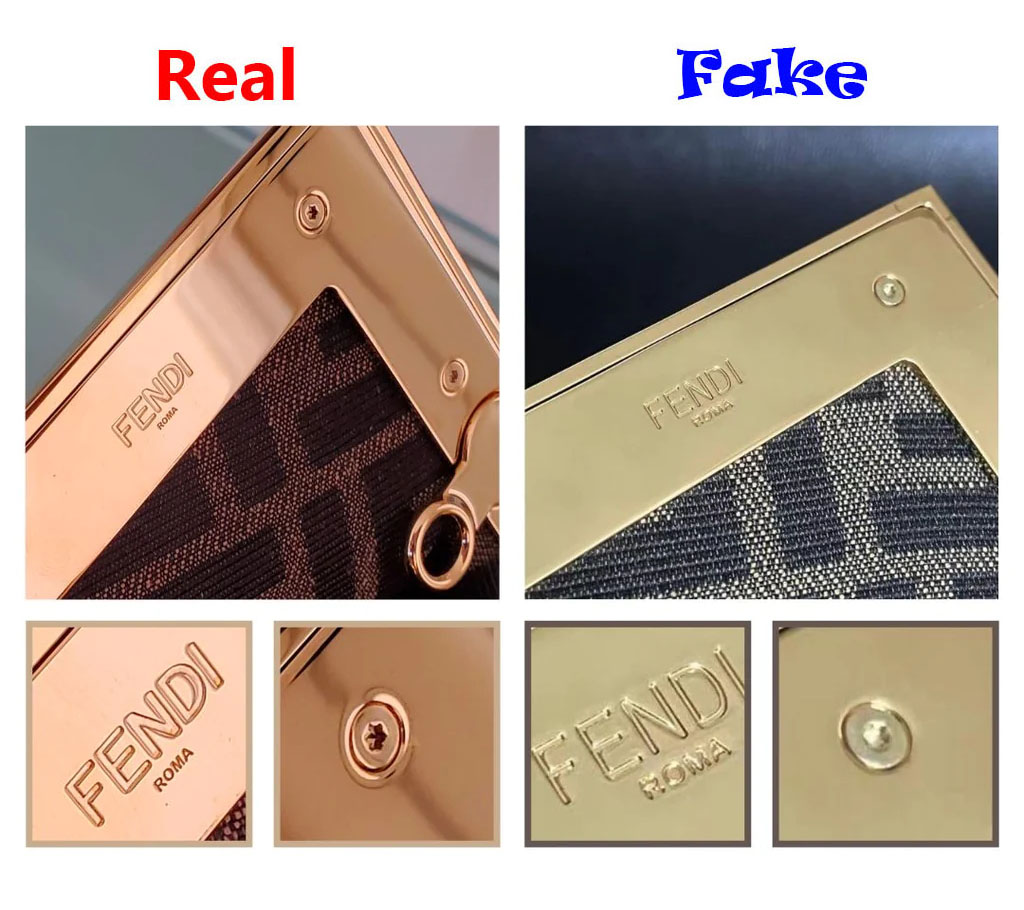
Step 7 : The Handle
Even the smallest detail, such as the handle, can distinguish a genuine Fendi from a counterfeit one.
The real handle is made of high-quality leather, while the fake one has surface peeling.
The disparity in hardware is particularly conspicuous in this instance, as the counterfeit hardware exhibits a more plastic-like texture.
The stitching displays asymmetry and tightness, but lacks precision.
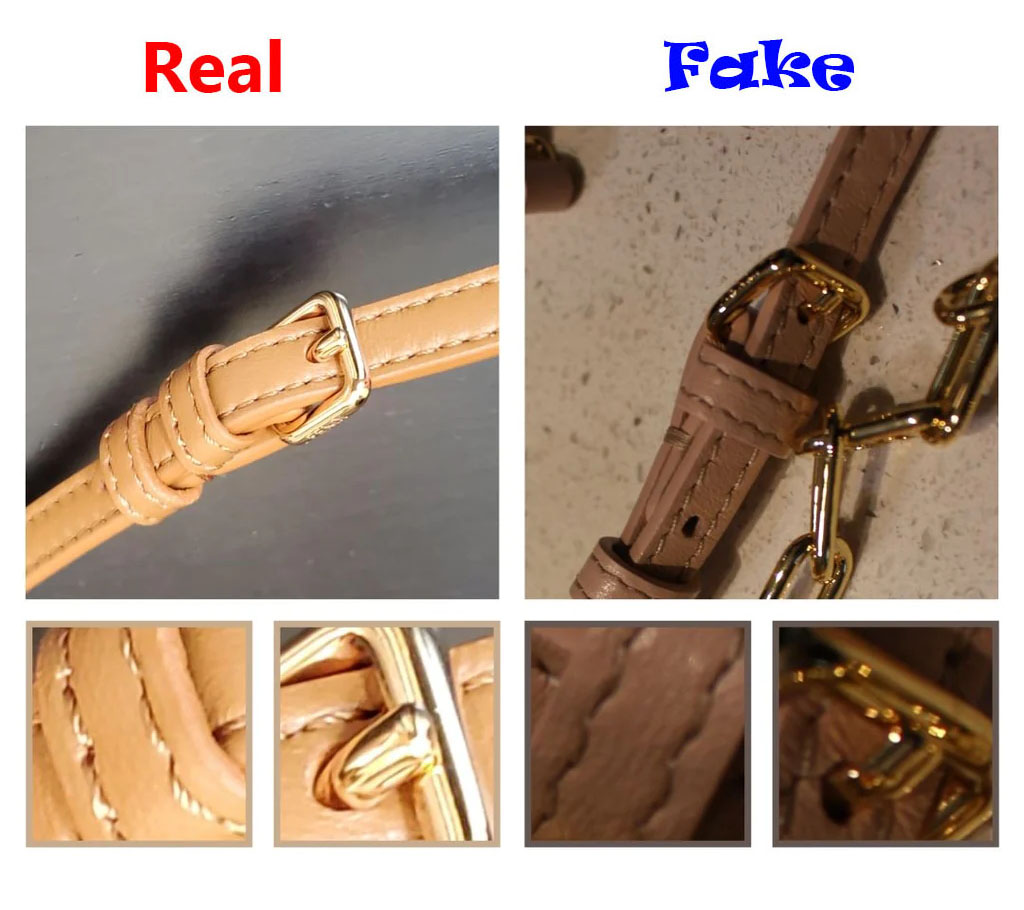
Step 8: The Label (Real Fendi VS Fake Fendi Bag)
The “FENDI” lettering on the fake First bag is too thick, while it appears thinner on the genuine label.
The “MADE IN ITALY” lettering on the fake Fendi bag is thicker than the refined text on the authentic label.
The stitching on the counterfeit bag is excessively thick and asymmetrically positioned, indicating its lack of authenticity.
When examining an authentic Fendi First bag, one can notice thinner, tighter, and more symmetrical label stitching.
